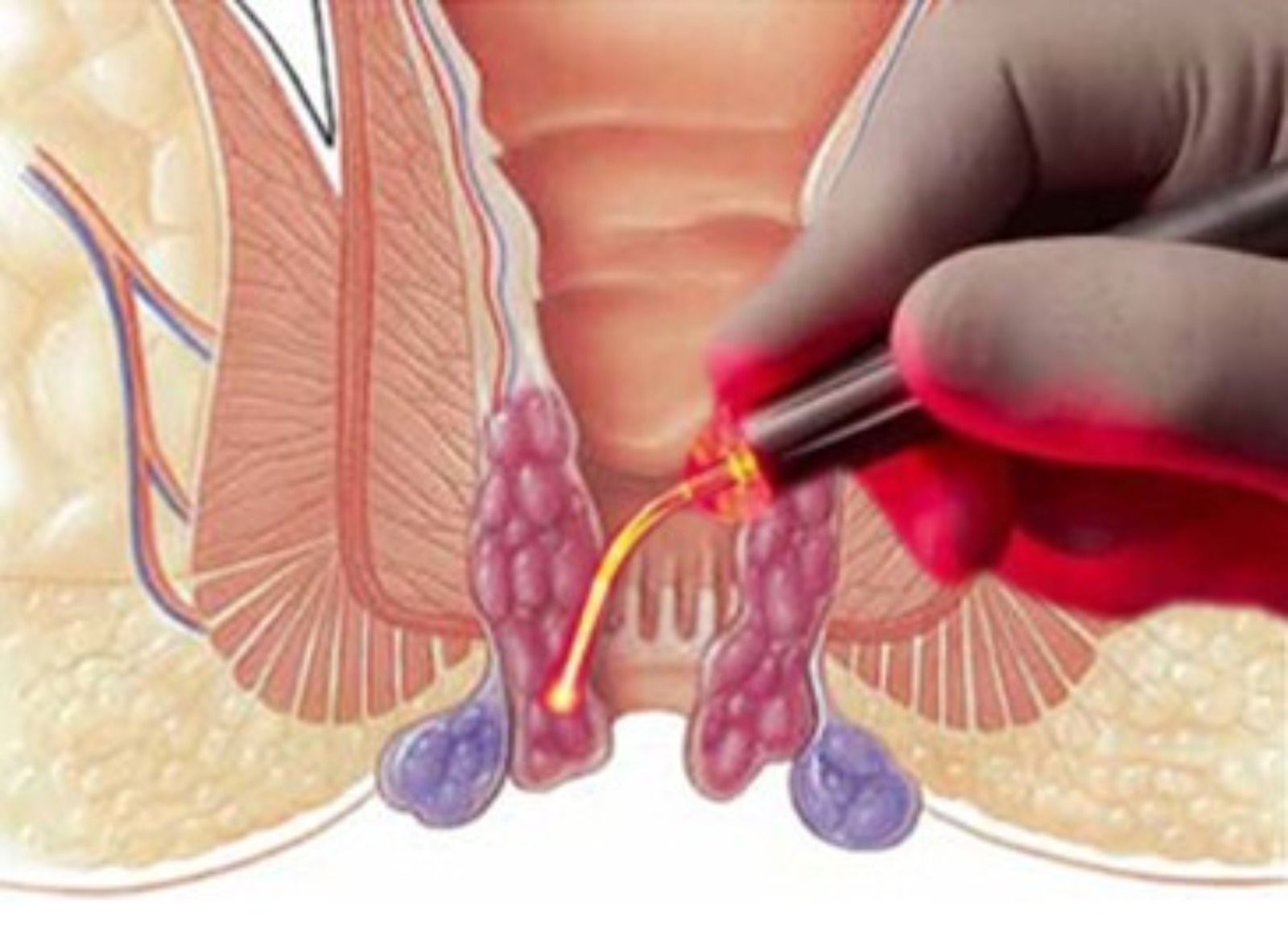Hernias are a common medical condition that affects millions of people worldwide. Understanding what hernias are, how they develop, and the available treatment options is crucial for anyone dealing with this condition. In this blog, we’ll explore some important things to know about hernias, explained by a surgeon.
Firstly, let’s define what a hernia is. A hernia occurs when an organ or fatty tissue protrudes through a weak spot or tear in the surrounding muscle or connective tissue. This can result in a visible bulge or lump, often accompanied by discomfort or pain, especially during physical activity or lifting heavy objects.
There are several types of hernias, including inguinal hernias (occurring in the groin), umbilical hernias (around the belly button), and hiatal hernias (involving the upper stomach). Each type has its own unique characteristics and potential complications.
One of the key factors in hernia development is increased pressure within the abdomen. This pressure can be caused by various factors, including obesity, heavy lifting, chronic coughing, or straining during bowel movements. Certain lifestyle choices, such as smoking or poor posture, can also contribute to the risk of developing a hernia.
When it comes to hernia treatment, surgery is often recommended, especially if the hernia is causing symptoms or complications. However, not all hernias require immediate surgical intervention. In some cases, especially with small hernias that are not causing discomfort, a watchful waiting approach may be appropriate.
For those undergoing hernia surgery, there are different surgical techniques available, including open repair and laparoscopic (minimally invasive) repair. The choice of technique depends on various factors, including the size and location of the hernia, the patient’s overall health, and the surgeon’s expertise.
During hernia surgery, the goal is to repair the weakened or torn muscle tissue and reinforce it with sutures or a mesh material to prevent recurrence. While hernia surgery is generally safe and effective, like any surgical procedure, it carries some risks, including infection, bleeding, and recurrence of the hernia.
Recovery after hernia surgery varies depending on the type of surgery performed and individual factors such as age and overall health. In general, most patients can expect to resume normal activities within a few weeks following surgery, although strenuous activities and heavy lifting may need to be avoided for a longer period.
It’s important for individuals with hernias to be proactive about their health and seek medical advice if they experience symptoms such as persistent pain, swelling, or a visible bulge in the affected area. Early diagnosis and treatment can help prevent complications and improve outcomes.
In conclusion, hernias are a common medical condition that can affect people of all ages and backgrounds. By understanding the causes, symptoms, and treatment options for hernias, individuals can make informed decisions about their healthcare and work with their healthcare providers to develop a personalized treatment plan. If you have questions or concerns about hernias, don’t hesitate to consult with a qualified surgeon or healthcare professional for guidance and support.






